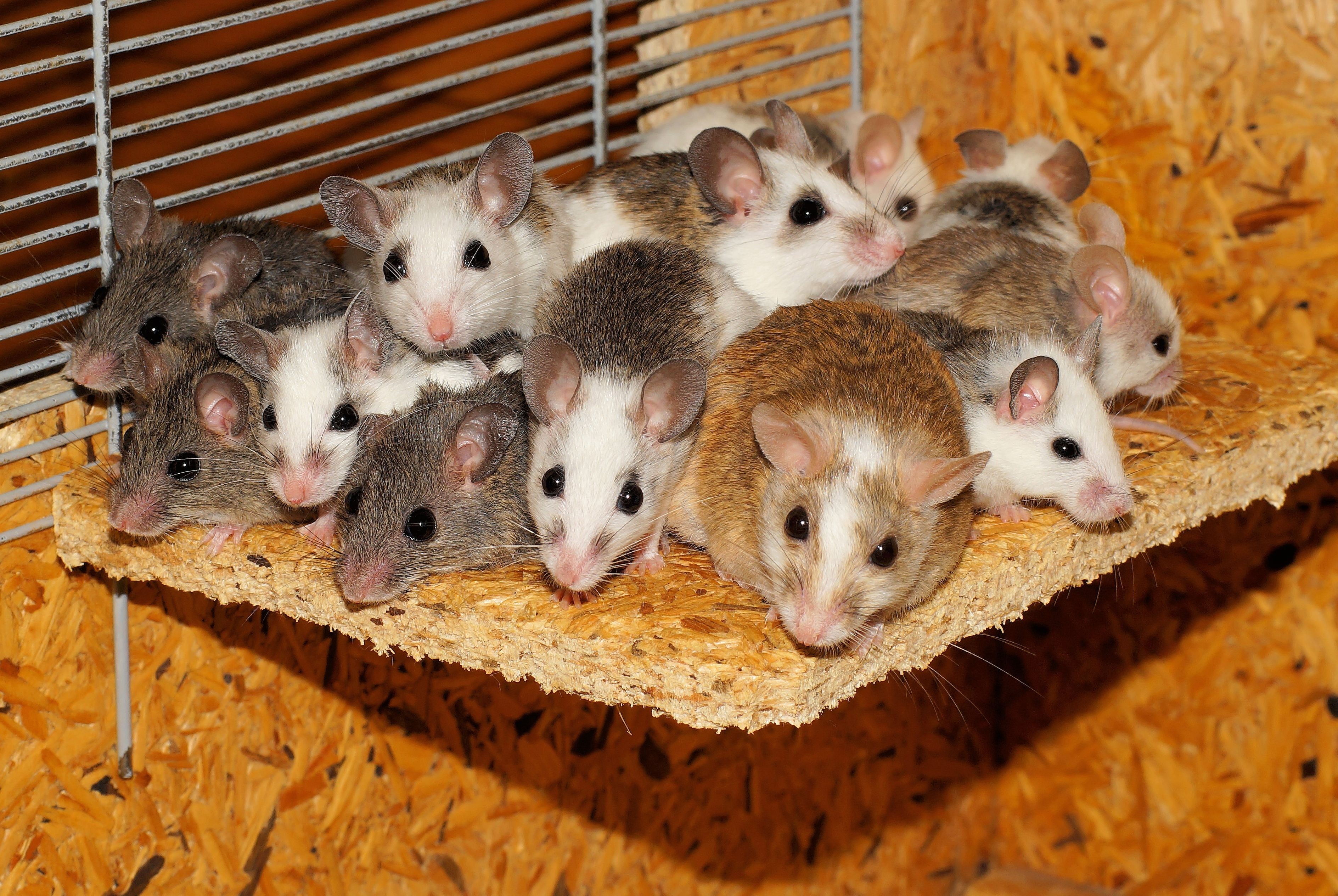Scientists around the world have been using CRISPR/Cas9 in a variety of plant and animal species to edit genetic information. Although this has been tested recently on insects, it is currently moving towards testing mammals. It happens to be more difficult with mammals due to the longevity between generations. However, It’s been done!!
UC San Diego researchers have developed a new active genetic technology in mice. Graduate student Hannah Grunwald, Assistant Researcher Valentino Gantz and colleagues led by Assistant Professor Kimberly Cooper, layed the groundwork for further advances based on this technology, including biomedical research on human disease.
“To demonstrate feasibility in mice, the researchers engineered an active genetic “CopyCat” DNA element into the Tyrosinase gene that controls fur color. When the CopyCat element disrupts both copies of the gene in a mouse, fur that would have been black is instead white, an obvious readout of the success of their approach. The CopyCat element also was designed so that it cannot spread through a population on its own, in contrast with CRISPR/Cas9 “gene drive” systems in insects that were built on a similar underlying molecular mechanism.”
The project duration was two years, and the researchers used many ways to “determine that the CopyCat element could be copied from one chromosome to the other to repair a break in the DNA targeted by CRISPR”. Some gene that was originally existent on only one of the two chromosomes was copied to the other chromosome. They were able to convert one genotype from heterozygous to homozygous, and they were able to tell in that there were as many as 86 percent of offspring that inherited the CopyCat element from the female parent instead of the usual 50 percent.
The test was successful for the female mice’s production of eggs, but not for the males production of sperm. The researchers predict this is a possibility to a difference in the timing of male and female meiosis.
As this test was only the beginning, researchers such as those at UC San Diego hope to soon move on to research on human disease. They say that “Future animal models may be possible of complex human genetic diseases, like arthritis and cancer, which are not currently possible.”, and with their hard work, their research can lead to miracles.


Leave a Reply